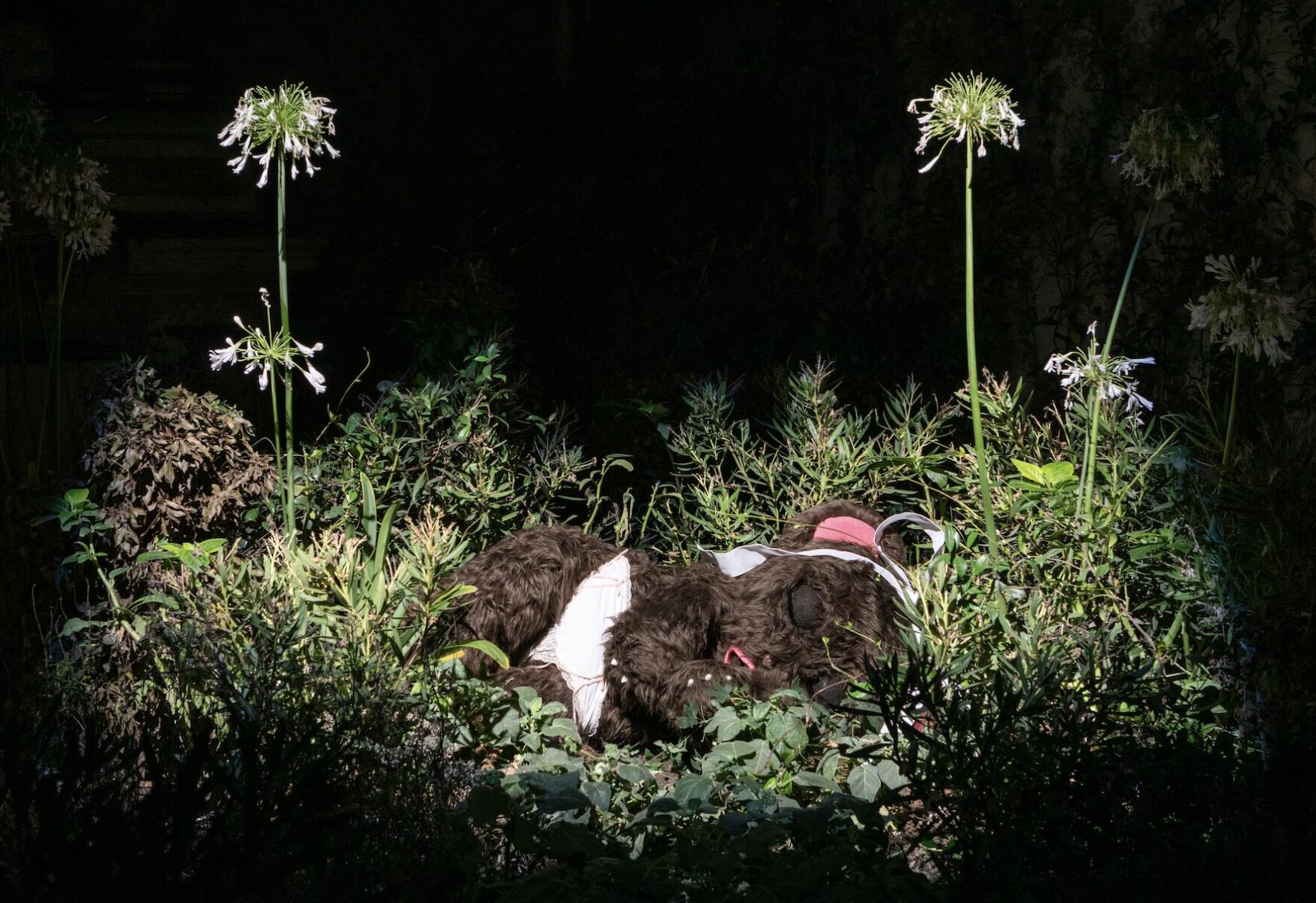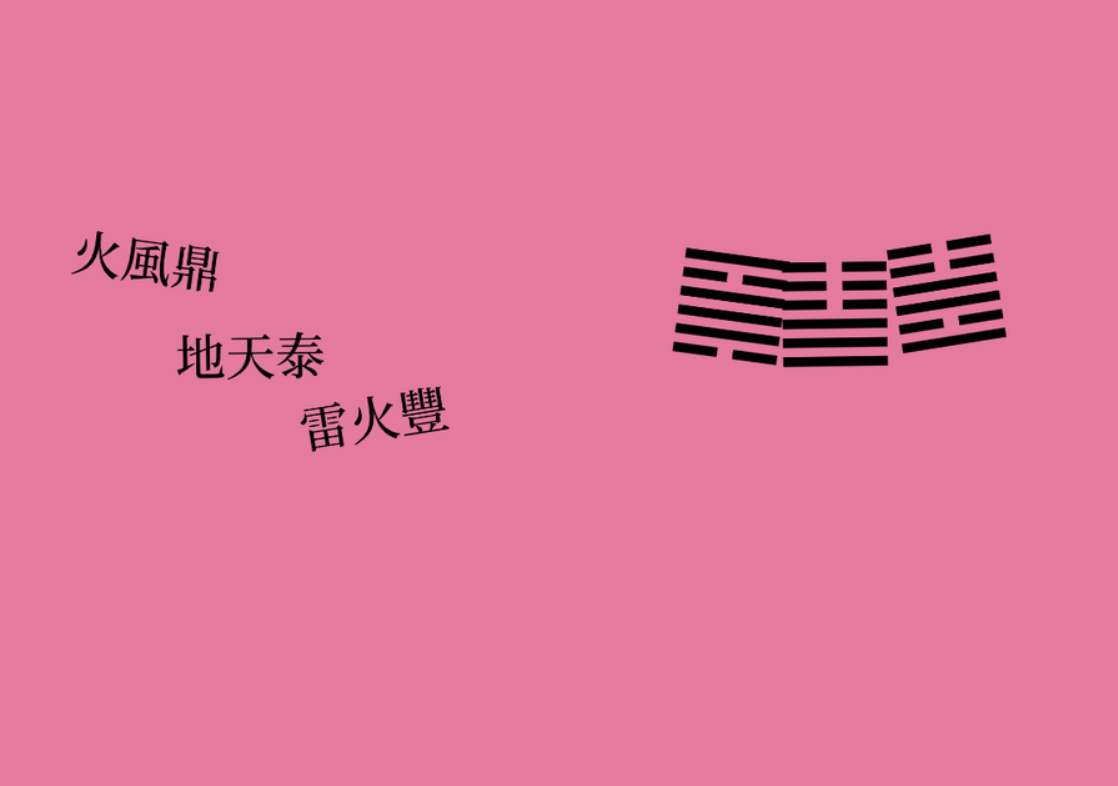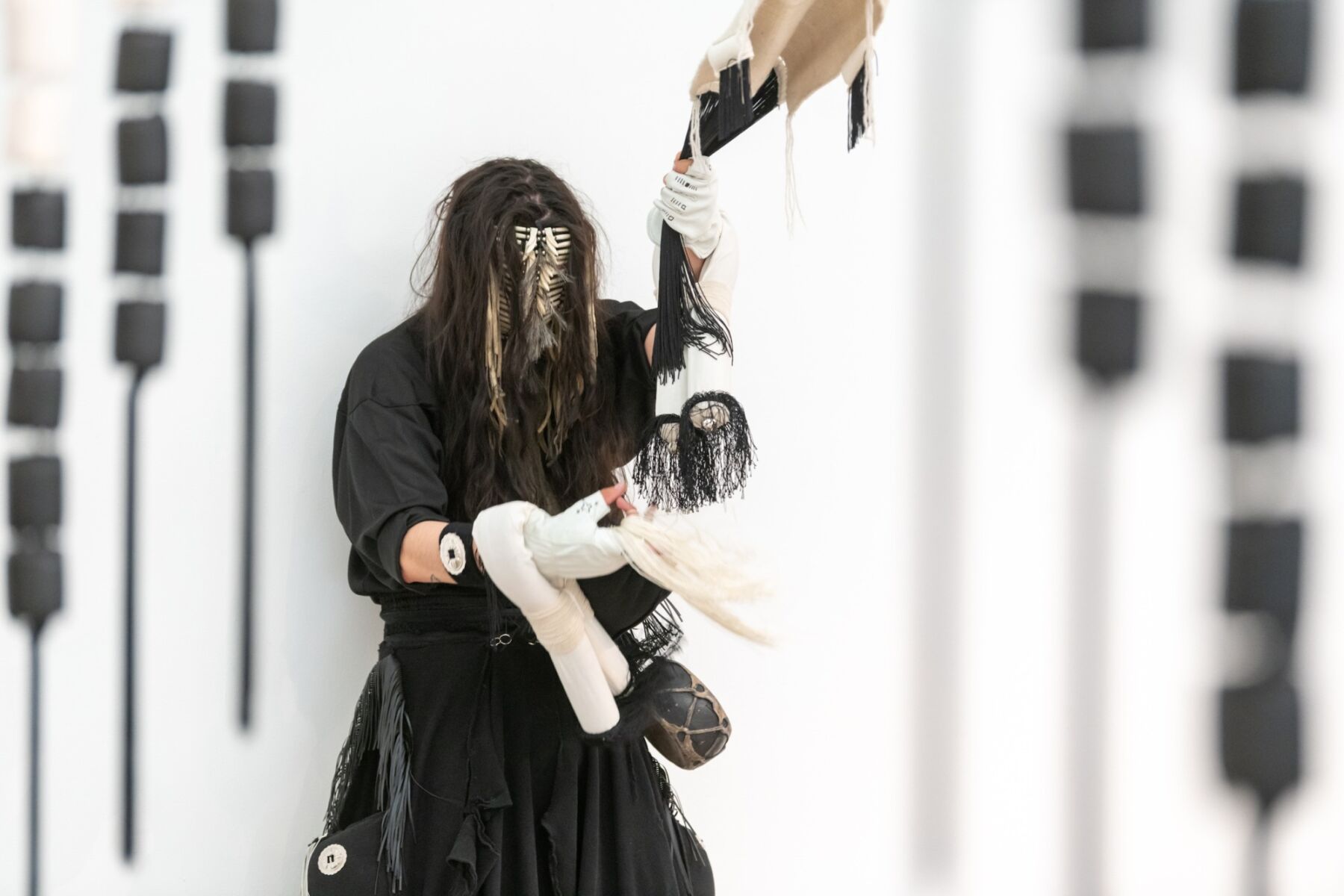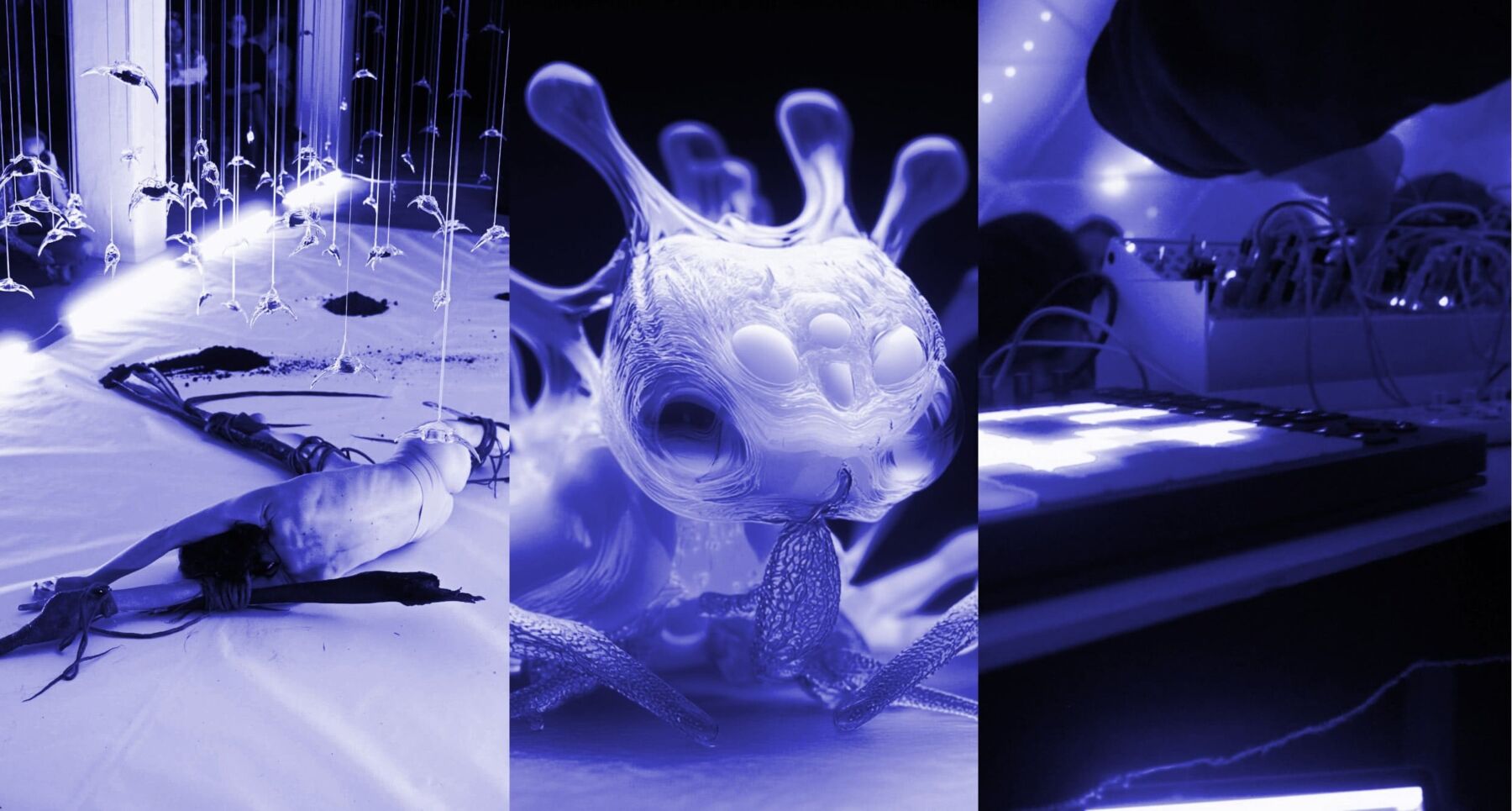Interview by Jack Apollo George
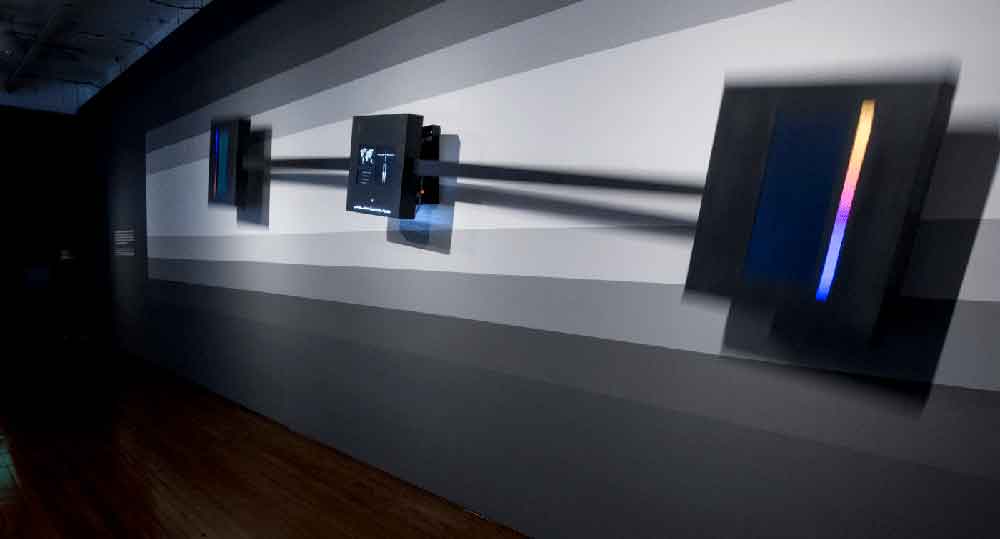
An arbitrary boundary is drawn up between the real world and its digital reflection. In our day-to-day lives, that division has already been eroded. Our friends, families and work exist in both realms. Does it matter which one art emanates from? Solimán López is an artist and technology enthusiast exploring the social changes the digital revolution brought about. His art reflects a wider social and psychological shift and utilises the language of this new world.
Virtual and augmented realities, artificial intelligence and other innovations allow him to play with and confront the frontiers of contemporary technology. He is a resident media artist and the I+D director of the Escuela Superior de Arte y Tecnología in Valencia. There, his investigations reflect the diversity of his interests, offering workshops on understanding, interacting with and using technologies such as photogrammetry, 3D scanning, 360 degrees video and wearables, among others. He is also the founder of the Harddiskmuseum, which imagines what it would mean to build and curate an art museum without it having to exist in the offline world or contain any physical objects.
What would an online museum look like? A hard disk connected with a million people online can achieve more than a gallery on a busy street. Contemporary technologies allow us to transcend our corporeal limitations, so why not apply the same thought to our expository spaces? If technology is to allow us to become augmented beings, then Solimán López wants to explore that journey from the now towards the maybe. His piece The Runner, which depicts a blank, neutral grey, rendered human body running endlessly across an empty track, was displayed at the Palacio de Prensa in Madrid, the third most visited place in Europe.
Some of his recent projects explore the everyday possibilities offered by the augmented reality of social media. By designing and developing his own Instagram filters, Solimán Lopez employs social media as a means of promotion and a place of creation itself. He uses the online advertising billboard as the canvas itself. Like third millennia of make-up artists, they offer a second skin overlaid upon our own. Indeed, a recurring theme across his recent work is the notion of skin, which both encases us from the world and allows us to feel it. It is a liminal space which can be torn.
In many ways, augmented reality, as we know it today, is an added layer on top of reality as we normally experience it. In placing a thin film, a digital layer, on top of ourselves, we get to interact directly with the other side, our digital twin, shaped to fit our bodies, our human form.
In his mind, these new techniques, especially artificial intelligence, are artistic mediums just like painting or sculpture. For artists to embrace, that new truth allows them to engage with the most compelling questions of our time. How far can the human mind rise? How far can the human body reach? When does a person become more of a machine, and when does a machine let a person become more of a person?
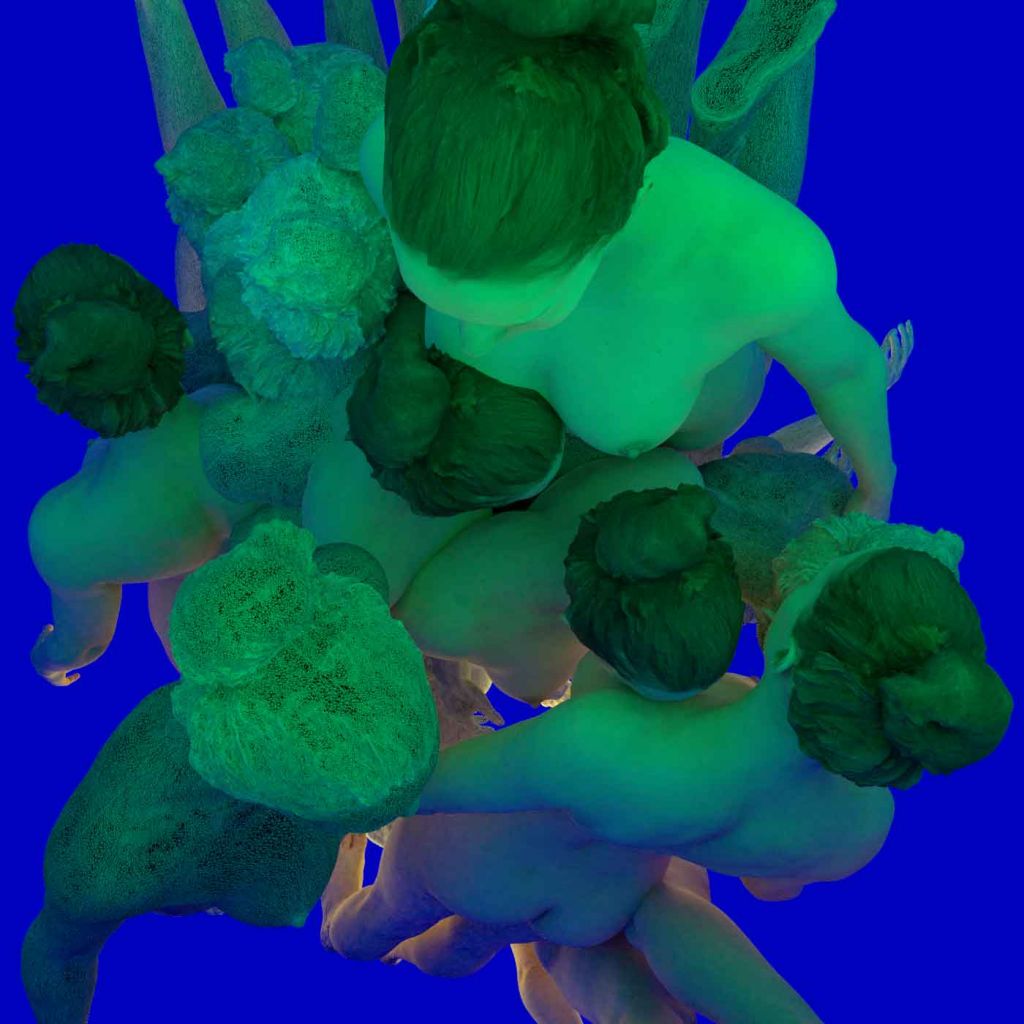
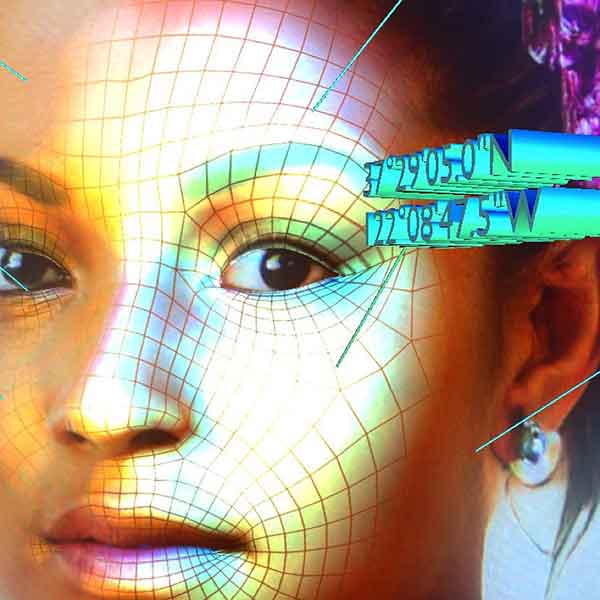
Right: Instagram filter, Solimán López (2018)
You are a media artist and researcher investigating the social changes obtained by the technological revolution paradigm and the new language proposed by the digital debate itself. Could you please expand more on this? How and when does the interest in algorithms, creative coding, and art come about?
Eachemergevolution is associated with a psychological one. The brain and even the body’s feature changes at the same time. The social environment proposes a new activity and point of view of the world. The way our brains work today isn’t the same as years ago. The multitasking associated with our current and daily life forces our machinery to work according to different intensity levels. Most of us are coping with these changes, but others suffer the consequences of this newly rushed existence.
Within these changes, language (the primary tool of communication), in its many forms, visual, verbal and gestural, has also changed. As a result, a new language has also emerged: code. For me, code is now one of the essential languages in the world at the same level as other idioms.
My interest in art comes from the early stages of my life. I was always very curious about how things with electronic connections are made. I used to disassemble many objects to see what was inside them. Maybe that is the origin of my curiosity about new technologies. Now for me, this kind of research is totally justified being through the most important revolution in the history of humankind, the digital one.
AI is transforming society, and the creative application of AI opens new possibilities in artistic creation. You’ve been using AI in your pieces and narrating your artistic ideas. What has this media contributed to your artistic practice?
For me, working with artificial intelligence inverses the position and thought process of the artist. As creative people, we are used to making all the decisions related to our work, but now we can create a new input. This can create a whole new landscape and introduce it into our imagination. I really enjoy the wan create the rules for making AI processes happen. It opens up new ways to think about creativity.
This technology gives us a genuine opportunity to open our minds. It’s a new dynamic. No longer is it just the case that human thoughts are being introduced as new features for the machine. No, the machine can establish relations that we can not imagine, so let it happen. It gives us a window into the next step of our mind’s evolution. As a result, art will amplify its limits with no boundaries, and artists like me will also change our views of reality and “what it means to make art”.
For me, Artificial Intelligence is now a technique that has to be accepted by the art community as a medium, just like painting, sculpting or drawing. There is no intrinsic difference in the process. The artist begins their artwork on an empty canvas (digital) that has to be filled with a technique (code) via a logical and thought-out process (algorithm).
How do you think new inventions (machine learning, Google Magenta) impact the landscape of art creation (from inception to production)? Do you believe AI-generated art is going to change the paradigms of art?
My response is a big “yes”. Artificial Intelligence is changing all our society’s extensive fields, including art. AI will put us in another position in the chain of production. Now, crafts are essential for romanticism and cultural preservation, but our main activity should be based on thinking. We must think that being intelligent compared to other species is the key to our survival, so we should always use this advantage best.
Artificial Intelligence is now a big machine that has to be fed with clever and innovative ideas to look forward and grapple with the meaning of humankind and social responsibility. Once that is done, we will observe how our society has changed for the better. Art is the test bed for all these new features in our communities. In art, everything is possible, and just as if-if we were in a laboratory, we can conduct different experiments to “see what happens”.
These experiments will give us a who these experiments e new world to explore and conceptualise, where the machine is our assistant allowing us to reach spaces we had never even imagined. But we must make a big must to take these thoughts to the more classically-minded communities in the contemporary world. Art is not based on touching the object.
Art is based on making things happen, applying innovation to aesthetics, involving people and creating new paths for thought. I cannot imagine a better technology than artificial intelligence to achieve this.
The concept of digital skin permeates your work. Skin Path (2019) is an audiovisual installation showing an athletic pitch made of a digital skin surface. Could you tell us the intellectual process behind it? What were the biggest challenges you faced in its development?
The “collection” of artworks based on digital skins has a solid conceptual basis, where I analyse t. Ionship between the digital skin and the real one, establishing ways to connect both realities. I find it curious how today, the digital skin of these hyper-realistic three-dimensional creations tries to be like a human one, imitating its textures, plasticity, light response and so on and how the natural skin mimics the aesthetic of the digital-virtual-artificial one.
The human aesthetic is changing thanks to new materials, clothes, wearables, makeup, and augmented reality. AR represents a proper social media revolution thanks to the face filters proposed by companies such as Instagram or Snapchat. There, we can see both realities in a never-ending playground where, in the hybrid space, both kinds of skins, the real and the digital, can coexist.
This is the basis of this work around digital skin, where the application of natural skin digitised by photogrammetry is used as the surfaces of different virtual landscapes. In the case of Skin Path, I created this pitch to show how we are in an infinite loop looking for the limits of our skin, aesthetic and, in the end, imagined.
From programmable matter, 3D/4D printing and bio-inspired design, the material (biological and digital) seem to be increasingly blended and increasingly digital. Where do you predict we are headed regarding the new digital materialism?
From the beginning of the digital age, artists, designers and creative people, in general, have been trying to connect both spaces, tangible and intangible. The problem is that we have to think that both are the same. There are no differences now between the digital and the analog.
Everything is already connected. We should imagine a world with no barriers between the two spaces. This will also help us open our minds and fix other general problems like borders and religious, sexual or gender conflicts.
Everything is connected in the universe, and the digital is always trying to teach us this very concept. We are all looking. Unfortunately, in the past, to solve our problems, misunderstanding the fundamental truths offered by our digital progress. The digital revolution is already changing our bodies from the inside and the outside. It is a profound change, a profound ability to see. Our eyes are not the same anymore. We see the world from hyperconnection.
If I suggest you imagine a space like a three-dimensional one based on lines and wireframe objects. You can achieve this Matrix view because now it is in your imagination. However, if I ask the same to my grandmother, she will have a lot of problems making the overlay with lines in an existing space appear. This is, for me, one of the significant transformations in materialism: our own sight. If the s has changed, the rest can change too because humankind has been doing the same throughout our vision of objects and onto the real world.
Creative code, technology, poetic computation, new media art, digital art, and interactive installations. In your opinion, are we collaborating with machines or are machines collaborating with us?
It depends on the general point of view. In industry, the machine is usually collaborating with different skills and tasks. This is what they are programmed to do. So we could say it is like an extension of the industrial revolution, where a new layer connects advanced machines with an artificial pilot.
On the other hand, if we are talking about art, design and philosophy, as I am, I love the idea of the inverse of that equation and to have myself try not to think like a human anymore. This provides me with unexpected responses to my questions.
Regarding the evolution of thinking and knowledge, this starting point seems more interesting than making a machine think more like a human. We already have people to feel like people. The evolution of the machine has a non-predicted ending. It is a mystery where they can arrive. But for sure, any achievement they do is still because of us.
What directions do you see taking your work into?
I’m still comfortable with my current path. The philosophical terms and concepts involved in technology are, for the moment, a huge source of inspiration. Sometimes I want to get out of it all and have time to think in an open field or mountain. To have nature in front of my eyes and leave technology to the side. But quickly, I returned to the reality of our time and all the concepts involved in the word technology.
The idea is to be in balance between both worlds and, for sure, respect the most important one, nature. Everything in nature comes in cycles, so maybe in the future, I come back to wantinwill will g the opposite. My latest project High Meshes is based on the body from a physical point of view and its new virtual construction.
The basis is nature and how it can be integrated into the virtual one. The future is complex. The singularity is coming, and with it, the biggest ever change to humankind. I always keep my eyes open, noting the critical discussions in this field. My practice has to solve these issues for everyone, not just myself. My work will continue to try to tackle all of these emerging questions.
What is your chief enemy of creativity?
I have two enemies. One of them is active—the words. The words are spread like the action but cannot be active. To speak about stuff without making anything is something I hate. This first one is entirely connected with the other enemy. Passivity. Watch what is happening around me and close my eyes without responding.
Our responsibility as humans is to see our reality and respond to it. Is the same that anItIt isother species do day by day. They are all the time responding to their environment. Imagine a whale that doesn’t want to swim or go to the surface to catch air. That action goes against his own nature. She has designed to act like us.
You couldn’t live without…
My own reflections. They are my travel partner, my alter ego tied up with the ego of others.


